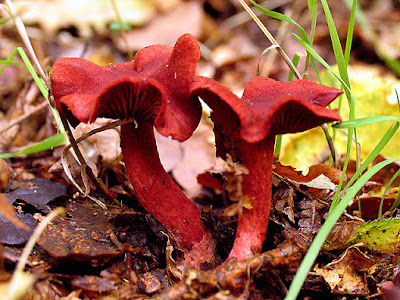What is Government?
Class 6 Civics NCERT Chapter Solutions and Q & A
Question 1: What do you understand by the world 'government'? List five ways in which you think the government affects your daily life?
Answer: The government affects our daily lives in the following ways:
① It protects boundaries of the country and maintains peaceful relations with other countries.
② It ensures that there is no food shortage and every citizen gets food to eat.
③ It provides health care facilities to look after the health of the people.
④ In case of natural disasters like Tsunami or an earthquake or emergencies, the government organises aid and assistance for the affected people.
⑤ If there is a dispute or crime, the courts will provide justice.
⑥ It helps in building country's infrastructure e.g. Bharat petroleum, Indian Railways are the institutions run by the government.
Question 2: Why do you think the government needs to make rules for everyone in the from laws?
Answer: It is necessary for the government to make rules for everyone in the from laws because:
① It helps in proper functioning of the government.
② It fulfills the assurances set by our constitution i.e. Justice, Liberty, Equality and Fraternity.
③ It ensures there is crime free society and all citizens lead to peacful life.
④ It prevents authority misusing the powers.
Question 3: Name the essential features of a democratic government?
Answer: The essential features of a democratic government are:
① In democracy, it is the people who give the government this power. Citizens participate to form a government by election process.
② The government is answerable to the people for its actions and decisions.






